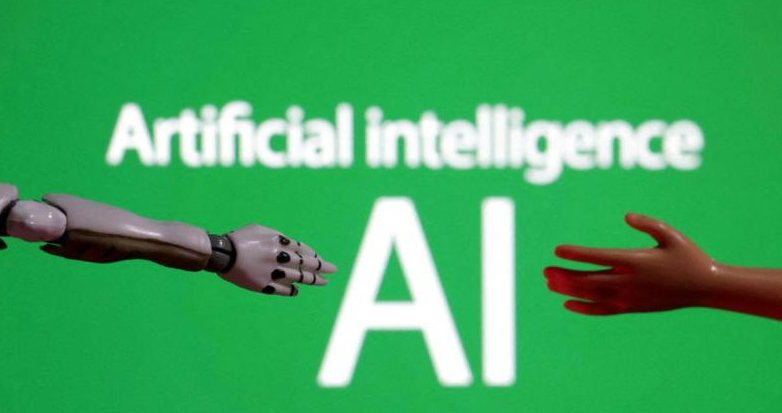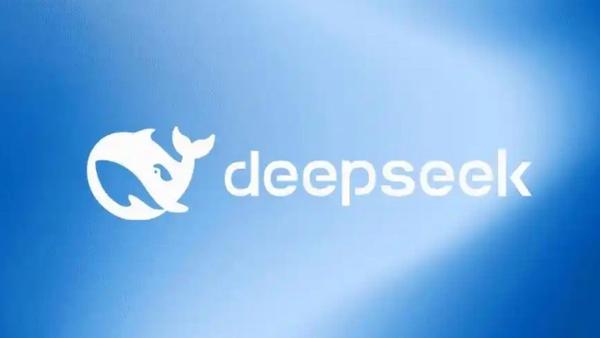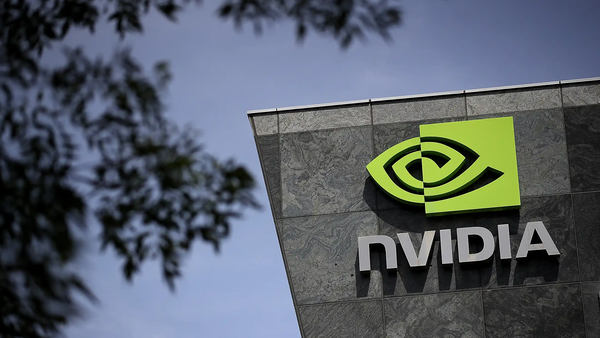
Entering 2025, the field of commercial artificial intelligence (AI) has set off two brilliant fireworks: The Stargate Project, funded by SoftBank, OpenAI, Oracle and other companies, and the DeepSeek question-and-answer platform released by a subsidiary of China’s former hedge fund star Huanfang. Whether it is the Stargate Project or DeepSeek, what attracts people’s attention is one element: computing power (chip computing power). The former promised to invest 500 billion US dollars in four years to build a dominant large computing power platform; the latter used computing power far less than that of its competitors to develop an AI question-and-answer robot with performance close to that of its competitors. One big and one small shocked the world.
However, the author feels that a fundamental problem is hidden under the gorgeous commercial public relations smoke: Is computing power really the core issue? Assuming that an investment of 500 billion US dollars will eventually build a super AI that is “intelligent” and dominates the world, can an investment of 1 trillion US dollars build a smarter super AI? What about 10 trillion yuan or 100 trillion yuan? Will it be possible to create an omnipotent “AI God” in the end? The answer is no. This is common sense.
The author deeply doubts the technical and social achievements that the Stargate Project can eventually achieve. This project does not propose any specific technical goals. Instead, OpenAI’s website lists a large number of political goals, such as who will hold what position, how many jobs can be created, and support for the reindustrialization of the United States. This is also a miracle of commercial investment: without technical goals, no technical route planning, and no expected use scenarios, it is impossible to be favored by investors under any circumstances.
Homer’s epic “Odyssey” tells the story of the protagonist Odysseus leading his soldiers across the ocean to return to his homeland after the Trojan War. The wind god Aeolus once gave Odysseus a bag that trapped all the headwinds and left only the tailwinds to help them return home smoothly. But his companions mistakenly thought that the bag contained Odysseus’s private treasures, secretly opened the bag, and blew everyone away from the route home.
ChatGPT, released by OpenAI in November 2022, is like a bag of wind. Today, curious, greedy, and jealous people opened the seal of the bag and drifted away from the route in surprise.
Human society is facing many survival problems together, including national conflicts, supply chain disruptions, climate and natural disasters, diseases, famine, etc. But since the advent of ChatGPT, it seems that everyone’s attention has been firmly attracted to AI, and the US Nasdaq index has also set new highs. With such huge human and financial resources, we have not heard of any previously incurable diseases that can be cured, nor have we seen any of the 23 important mathematical problems (Hilbert mathematical problems) proposed in 1900 benefit from generative AI technology. Instead, there are endless news reports of fraud using AI tools, and accounting firms such as KPMG are laying off employees and using generative AI to do some basic procedural work. Under the impact of AI gimmicks, all we see is the redistribution of wealth and the disappearance of job opportunities. Humans have not become more tolerant and wiser because of this new technology, and society has not become more harmonious and progressive.
When the entire Western industrial society was in the Great Depression that began in 1929, German philosopher Karl T. Jaspers gave a vivid description and reflection on people in the “technological world” in 1930: “People don’t want long speeches, but only knowledge; they don’t want to ponder the meaning, but want to take quick action; they don’t want feelings, but objectivity… They are keen on huge scales, keen on technological creation… They are keen on the public sensation caused by an individual’s achievements, luck and skills.” “This pragmatic and emotional satisfaction does not require personal participation, so it guarantees his production function and ensures that his fatigue and rest can be managed.” (“The Mental State of the Times”)
Jaspers called this “existence dissolves into function”, referring to the alienation of human existence into production tools, consumption machines, and cheering audiences. As a new technology, AI is the moment when humans touch what Jaspers called the “boundary” and surpass the limits of their previous capabilities. People should “wake up as independent individuals” and consciously use reason and emotion to reflect on the new technology and their own living conditions under its influence. Otherwise, people will all degenerate into lifeless “functions”. Such a future society will become the cold-blooded Borg society depicted in the TV series “Star Trek”: individuals are just parts, followed by dictatorship and oppression.
In today’s AI field, the author believes that the technology based on the Large Language Model (LLM) has reached its limit, and greater computing power cannot create a smarter AI model. Scientists represented by Meta Chief Scientist Yann LeCun and Stanford University Professor Fei-Fei Li have realized the fundamental flaw of LLM in obtaining “intelligence”: dependence on language. The next step of AI technology is to gain the ability to truly understand the world. Yann LeCun pointed out that the direction is to combine language and images, just like the way humans understand the world themselves, combining the abstract ability of language with the concrete ability of images to build “world models”. By then, perhaps we can have a deeper understanding of human cognitive patterns and intelligence.










